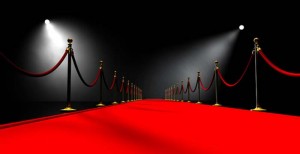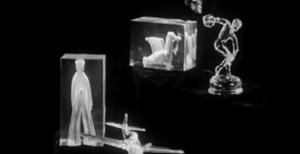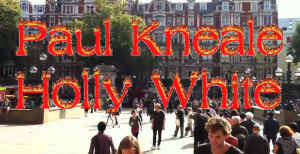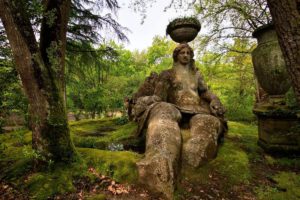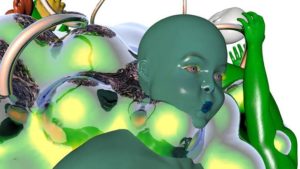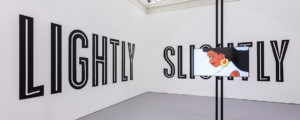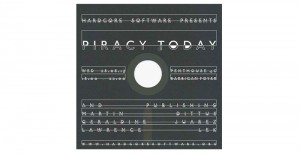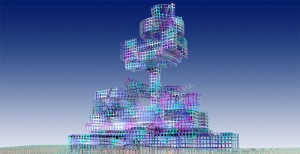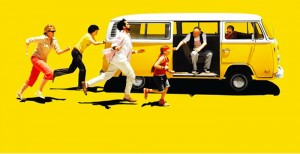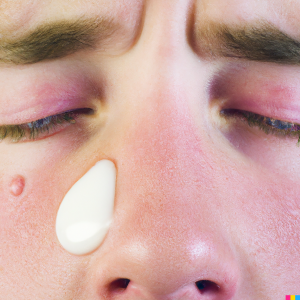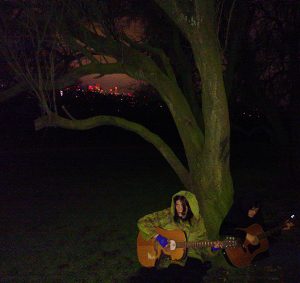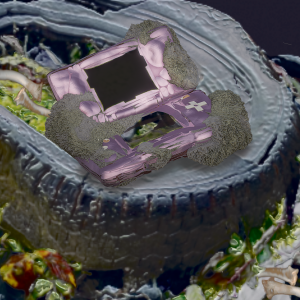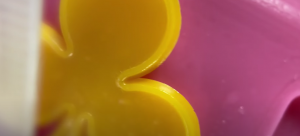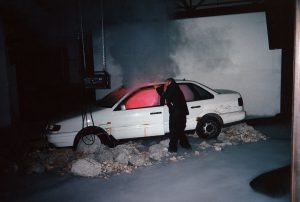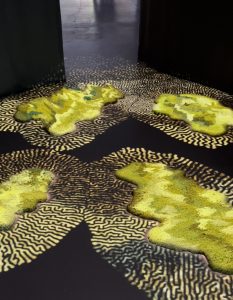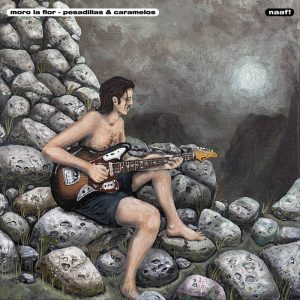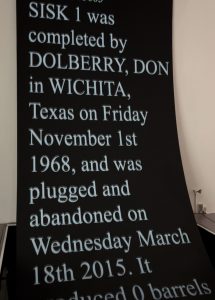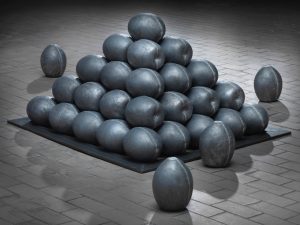Melanie Jackson‘s The Urpflanze (Part 2) is a hard show to miss. For a start, a local walking down Peckham’s Bellenden Road couldn’t ignore the Slade Fine Art graduate’s two, out of proportion and off the scale, blue and yellow books suspended mid-air in the front window of Flat Time House. Here is a show about the visionary artist and writer Johann Wolfgang von Goethe’s fantastical idea of the archetypal plant called Die Urpflanze, mimicking its beautifully absurd idea and inviting us in.
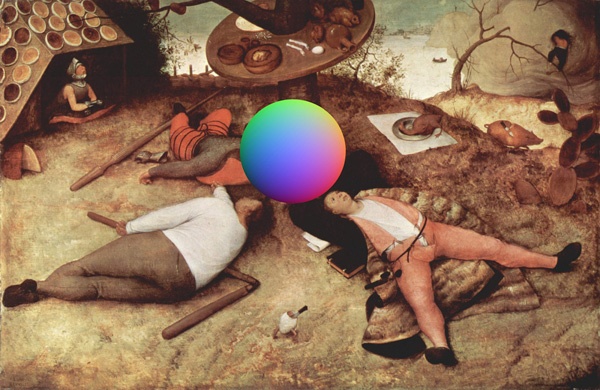
A former residence to artist John Latham, the venue is a house by name and nature. Inside, past a small white cubed entrance-hall, there is a functional office and kitchen, as well as an oblong corridor that leads to the back of the building. It’s here, in a large room, that the ambiguity between domestic and public space is most inescapable, Jackson’s well-placed works playing on that uncertainty.
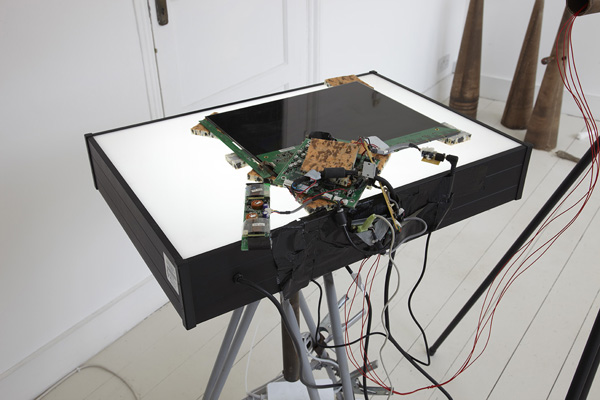
A case in point is the soundtrack to one of Jackson’s videos, being played-out on a home stereo system that sits on a bookcase. Anyone who visits is invited to peruse through the titles and objects on display among the shelves. At first, the action may seem no more than a slightly guilty pleasure. After all, The Road Book of Scotland seems to have little to do with the exhibition but between ends there is a copy of Goethe und die Pflanzenwelt and, around it, physical manifestations of its author’s theory.
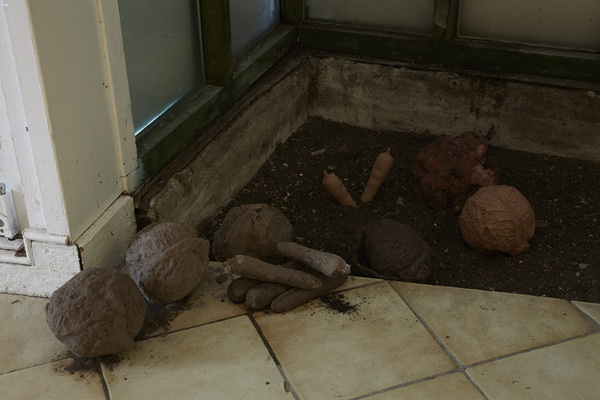
In fact, the whole show is a living sculpture made up of art objects exploring the intersection between Latham’s Flat Time theory, where ‘the event’ is the fundamental unit of existence, and Goethe’s imagined plant that was mean to hold the secret to all other biology. For the artist, this Urpflanze is alive, growing throughout the house, not only as a species, but as a concept that goes beyond botany and addresses the ethics of creation at a time when humans have the knowledge to alter genetics in ways Goethe could never even have envisaged.
Interestingly, of all the different media, a humble ceramic carrot seems to encapsulate this best. Half orange, half unfinished, as an object, it pervades a sense of immediacy and exposes Jackson’s theoretical interest in ceramic as an inorganic, non-metallic, crystalline material. One book on the shelf also seems to be a growing vegetable and, across all of the artist’s videos, there is an obsession with growing competitions, crystal forms and infomercials that celebrate consumer culture’s voracious appetite for all wants and desires.
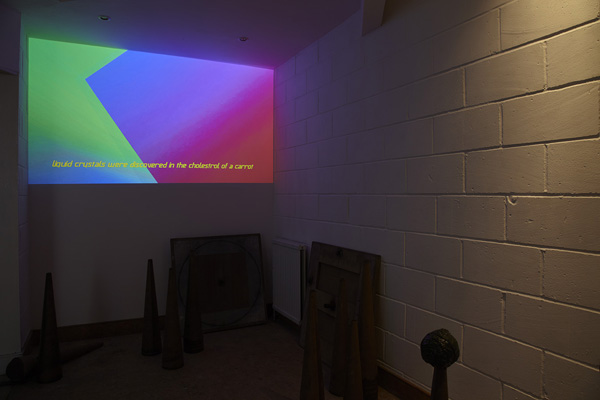
Advertising is most clearly a practice that seizes our aspirations but here, science is also presented as a key player in an industry determined to create anything and everything. Ceramics, as an artform with formlessness at its revolutionary core, perfectly encapsulates this idea, as does television represent an almost limitless void to be filled. In an age where a printer can print a printer, Jackson’s investigation is timely. More importantly this though, it offers a recontextualisation of a biochemists’ dreams and asks us to consider ‘what if it becomes reality?’ **
